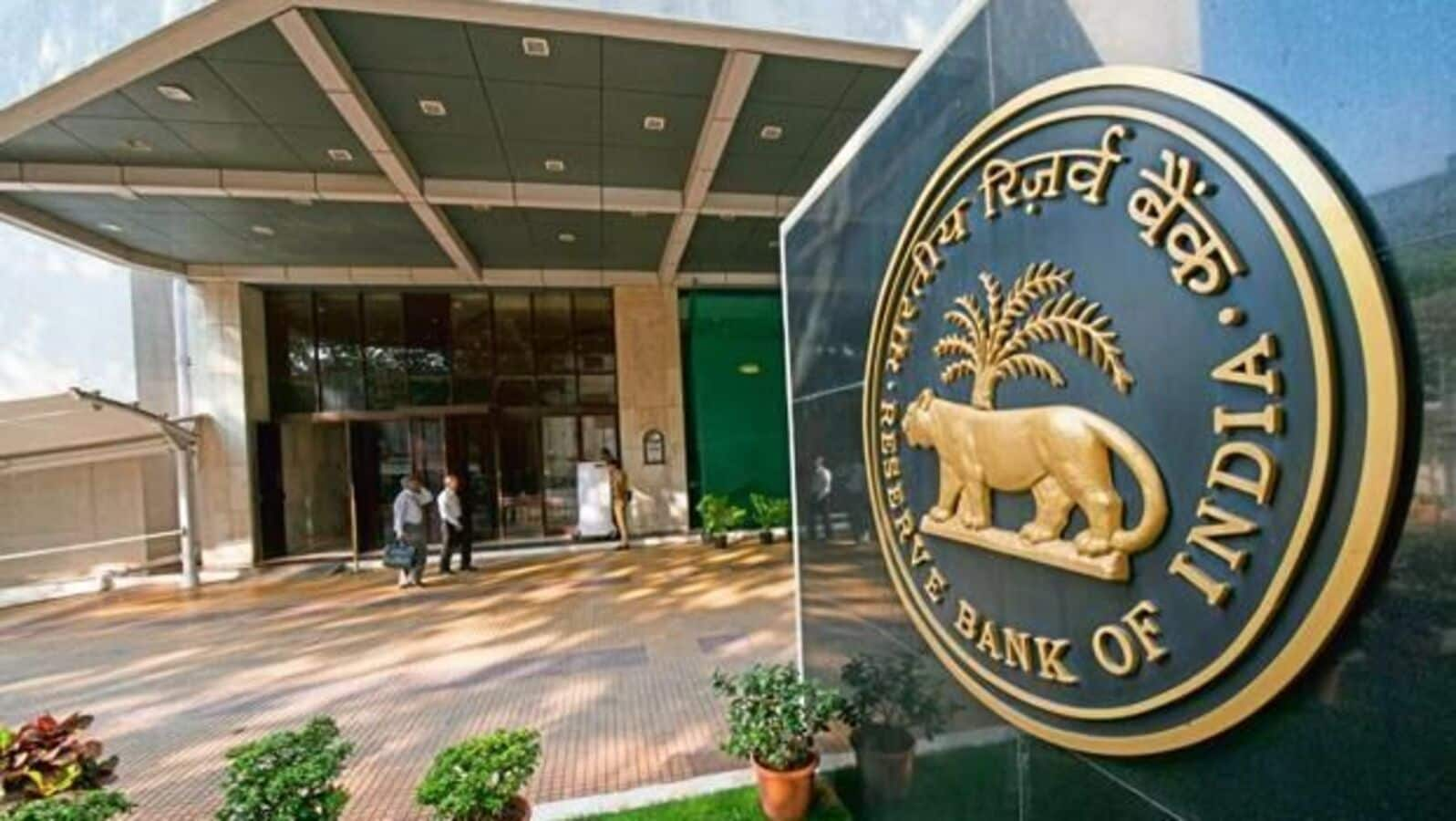India's foreign exchange (forex) reserves are sufficient to meet over 11 months of import needs and nearly 96 per cent of external outstanding debt re
India’s foreign exchange (forex) reserves are sufficient to meet over 11 months of import needs and nearly 96 per cent of external outstanding debt requirements as of the end of June 2024, reported the news agency ANI citing the Reserve Bank of India (RBI) on Tuesday, December 24.
The forex reserves rose $6.4 billion in the financial year 2024-25 to $652.9 billion as of December 13, as per the news report citing a monthly bulletin.
India’s “foreign exchange reserves remained robust,” as reflected in the sustainable levels of reserve adequacy metrics, said the central bank.
In the last 10 out of 11 weeks, India’s forex reserves have dropped, hitting a new multi-month low. According to Friday’s data, the forex reserves slumped by $1.988 billion to $652.869 billion in the week ending December 13.
India’s forex reserves have been on a downtrend ever since the kitty hit an all-time high of $704.89 billion in September 2024.
According to the agency report, forex reserves are likely declining due to RBI’s intervention in preventing a sharp decline in the rate of the national currency, the Rupee. A massive forex reserve buffer also helps a country guard its domestic economic activity from global shocks and volatility.
As per the latest data cited in the report, India’s foreign currency assets (FCA), which make up the largest component of the forex reserve, were at $562.576 billion.
Earlier in 2023, India added $58 billion to its forex reserve, a decline when compared to the 2022 level of a $71 billion addition, according to the news report.
RBI’s Rupee Intervention
Foreign exchange reserves are assets which countries hold via their central banks, mostly in currencies like the US dollar and a smaller portion of the Euro, the Japanese Yen and the Pound Sterling, amongst others.
The central bank monitors the foreign currency markets to only intervene in cases of maintaining orderly market conditions and curb excessive volatility in the exchange rate of the Rupee without adhering to any fixed target level or range, as per the report.
RBI’s management of keeping the Rupee in check comes from managing liquidity, which includes selling dollars to prevent a Rupee rate decline. Nearly 10 years ago, the rupee was among the most volatile currencies in the market; since then, the RBI has turned the currency around to make it stable and enhance the appeal of Indian assets to global investors, according to the report.
www.livemint.com
